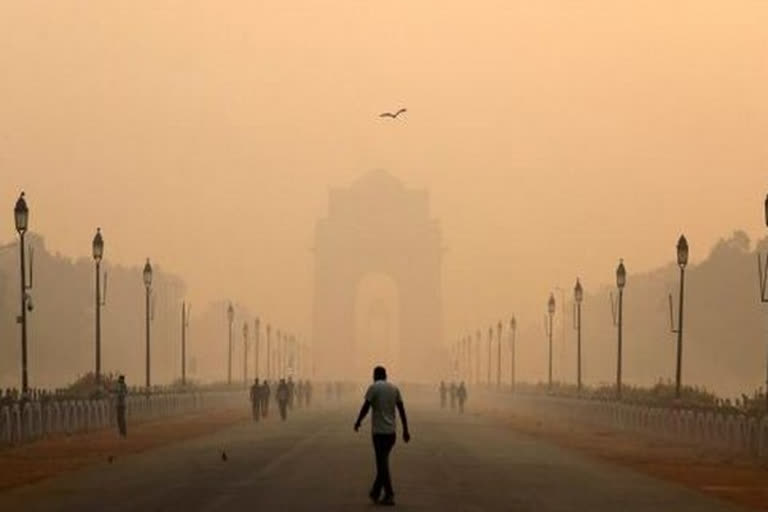New Delhi: Stubble burning accounted for 36 per cent of Delhi's PM2.5 pollution on Friday, the highest this season so far, according to government air quality forecast agency SAFAR. "The overall air quality of Delhi plunged to the upper end of the 'severe' category with additional firework emissions. The share of stubble emissions has peaked today at 36 per cent," said Gufran Beig, the founder-project director of SAFAR.
"Local winds have picked up, and fast dispersion (of pollutants) is expected now. Without any more firecracker emissions, the AQI will improve to the 'very poor category by tonight although the stubble contribution is expected to remain almost the same (on Saturday)," he said.
On Thursday, farm fires accounted for 25 per cent of Delhi's PM2.5 pollution. Last year, the share of stubble burning in Delhi's pollution had peaked at 42 per cent on November 5. In 2019, crop residue burning accounted for 44 per cent of Delhi's PM2.5 pollution on November 1.
Also Read: Delhi-NCR air quality worsens post-Diwali
The concentration of stubble burning in Delhi's PM2.5 pollution was 32 per cent on Diwali last year as compared to 19 per cent in 2019. A thick layer of acrid smog engulfed the Delhi-NCR region on Friday following rampant cracker bursting on Diwali night amid a rapid increase in fumes from stubble burning.
Ahead of the festival season, the Delhi government had announced a complete ban on crackers till January 1, 2022, and ran an aggressive campaign against the sale and use of crackers. Delhi's air quality index entered the 'severe' zone Thursday night and continued its upward trend to reach 462 at 12 noon on Friday.
The neighbouring cities of Faridabad (460), Greater Noida (423), Ghaziabad (450), Gurgaon (478) and Noida (466) recorded severe air quality at 12 noon. An AQI between zero and 50 is considered 'good', 51 and 100 'satisfactory', 101 and 200 'moderate', 201 and 300 'poor', 301 and 400 'very poor, and 401 and 500 'severe'.
PTI



